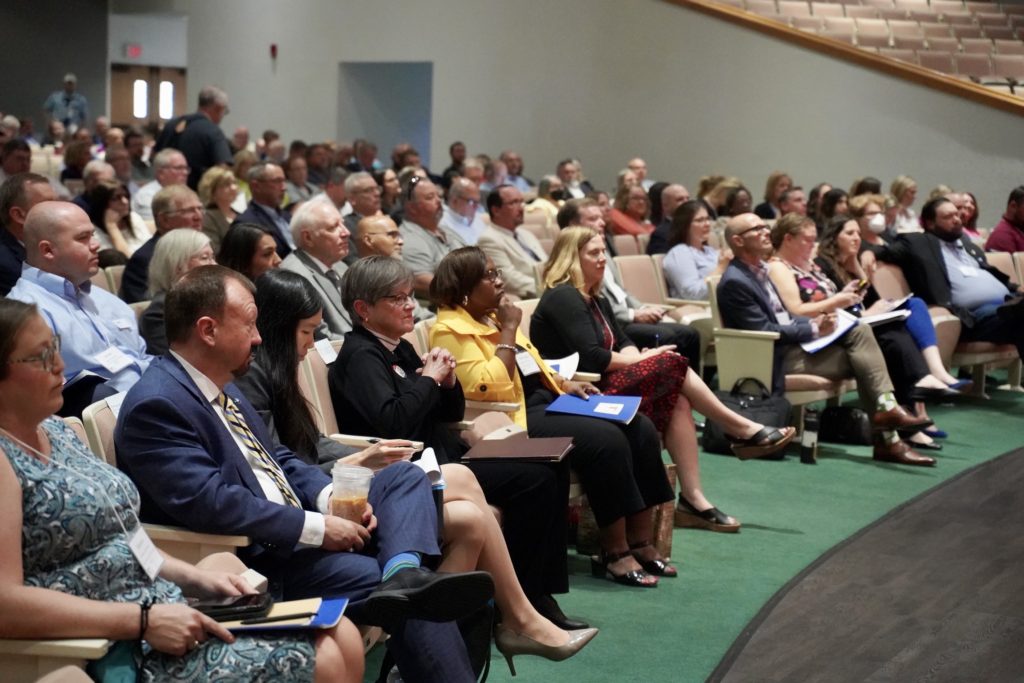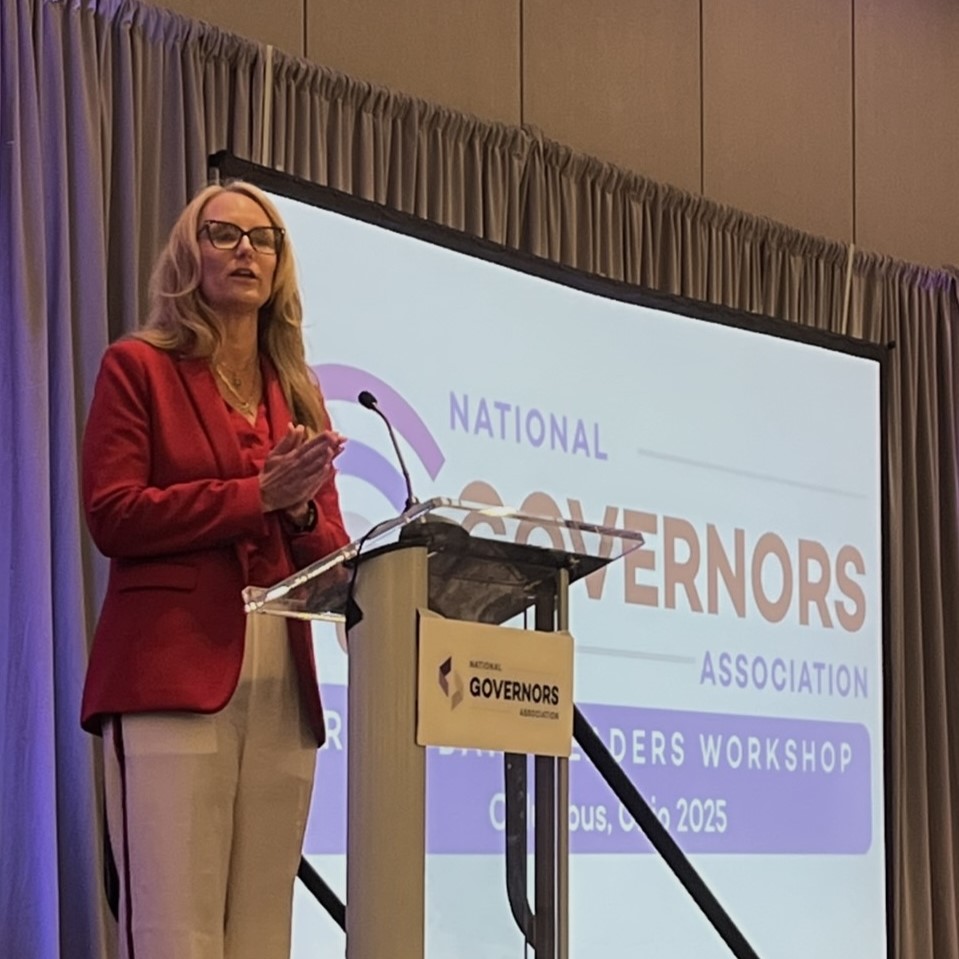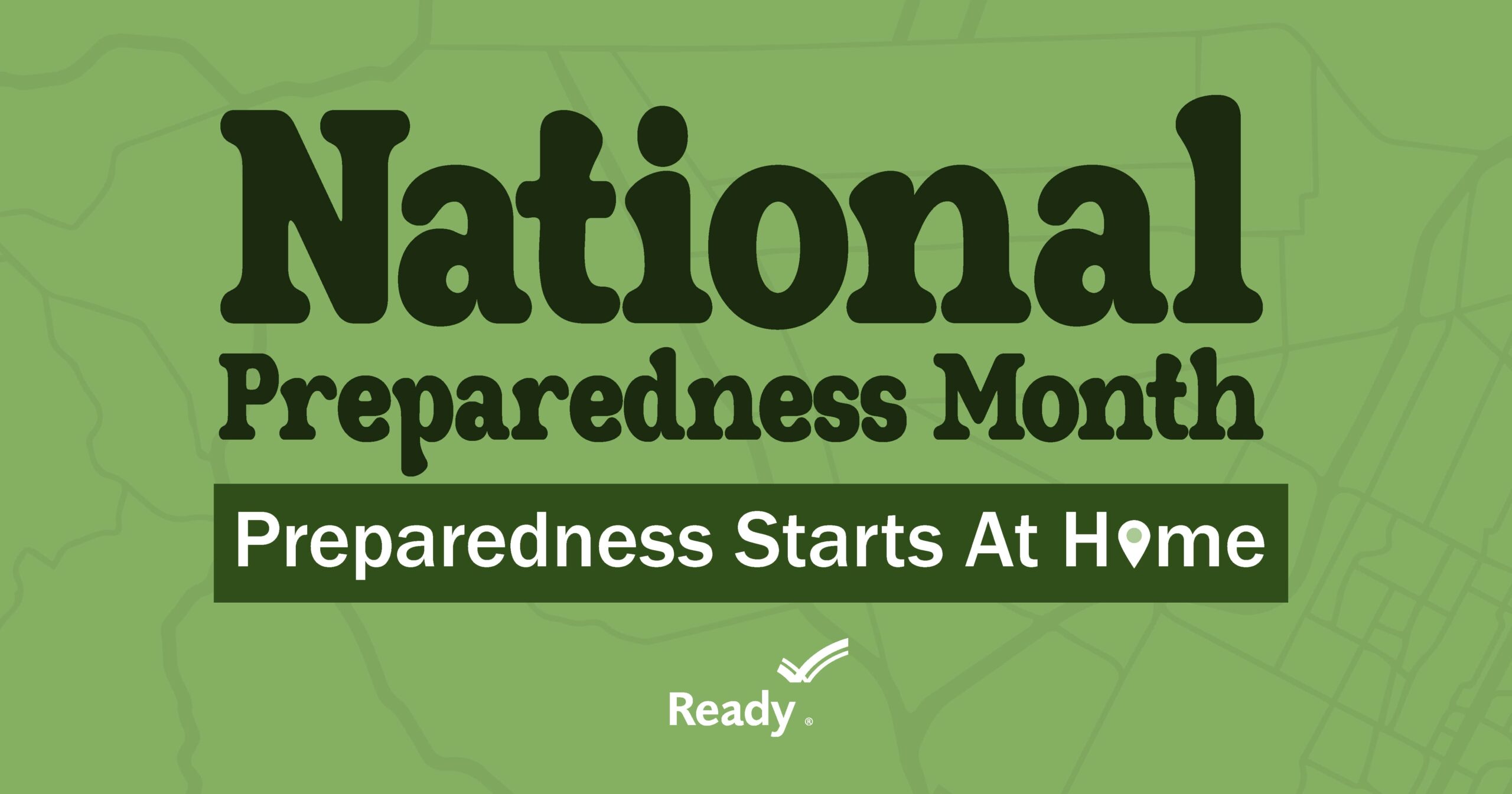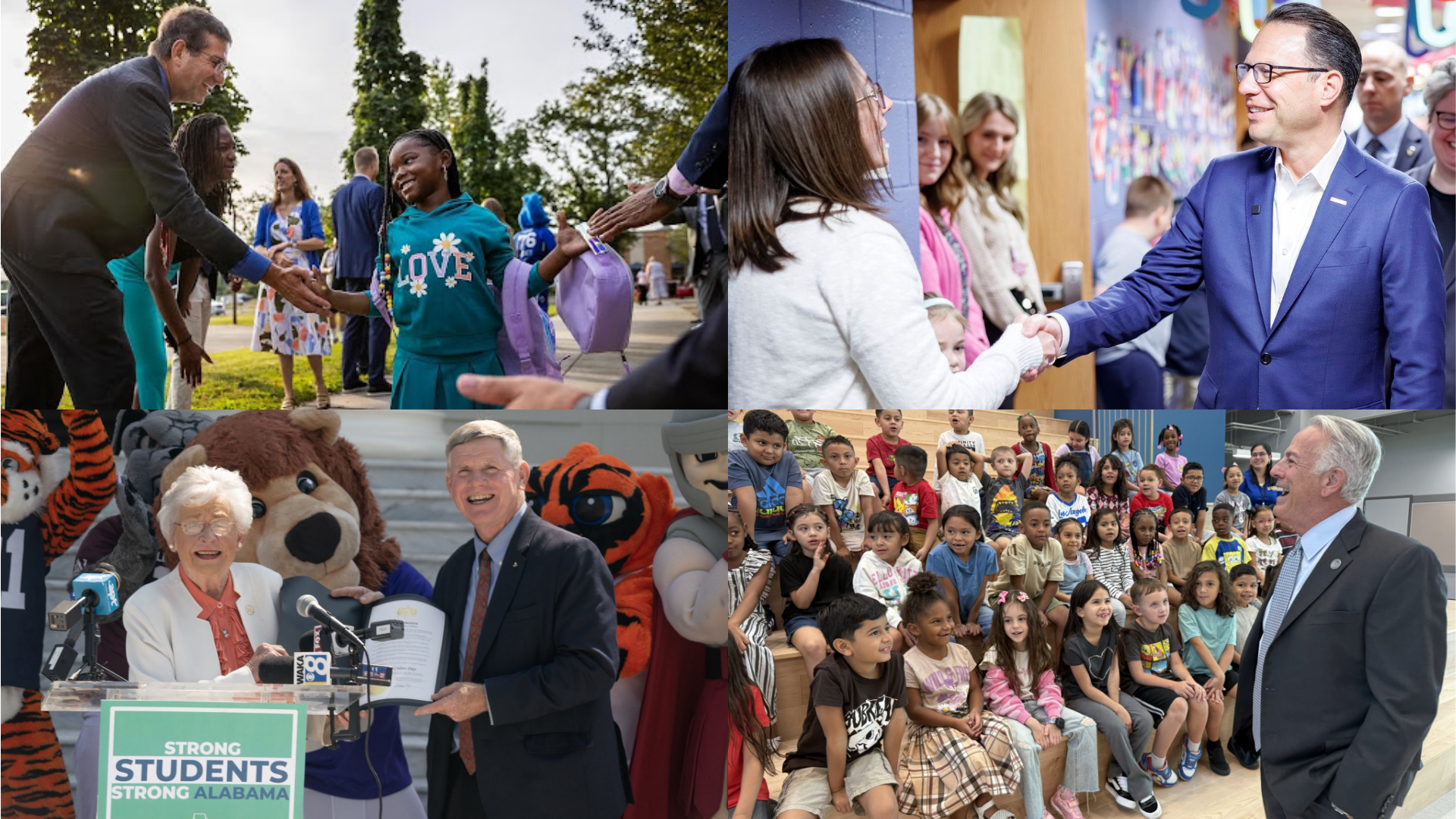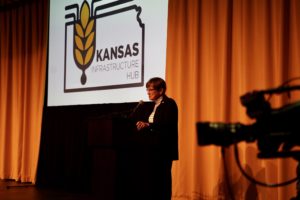
On July 13, Kansas Governor Laura Kelly kicked off the first gathering of her administration’s Infrastructure Hub. The Infrastructure Hub is Kansas’ coordinated approach – working to identify best practices from across the nation for deploying funds and maximizing opportunities from the bipartisan Infrastructure Investment and Jobs Act (IIJA). Over 300 participants joined in person at Wichita State University while scores more tuned in and joined the conversations virtually.
Led by Kansas Department of Transportation Secretary and Governor Kelly’s designated Infrastructure Coordinator Julie Lorenz, state leaders were joined by federal partners from several agencies, including the Department of Commerce’s National Telecommunications and Information Agency, US departments of Agriculture and Transportation, the Environmental Protection Agency, and the Federal Reserve Bank of Kansas City.
Local officials joined from all parts of the state, bringing ideas, priorities, and an eagerness to get to work implementing the generational opportunity afforded by IIJA. Driven by a desire to make Kansas a place to live, thrive, and set down roots, participants gathered with an eagerness to work together across both unique and shared challenges.
On Day 1 of the meeting, state, local, federal, and private sector partners led discussions on water and sewer, transportation, energy and power, broadband, resilience, and cybersecurity. A common theme throughout the proceedings was the opportunity to develop and deepen partnerships to work collaboratively to implement IIJA in communities across the state. Coordination among and between federal, state, regional, and local agencies, the private sector, and communities large and small was identified as both an opportunity and a challenge.
Nearly universally in Kansas and similar gatherings across the country, the need for a ready and willing workforce to lay fiber for broadband, replace lead pipes, and work roadway construction was identified as a key challenge. Along with a growing need for engineers in the public infrastructure sector – one participant noted that “the state, city, and private sector are all competing for the same engineers” – there is a need for more leaders in state and local agencies to carry out projects.
“Local governments are on the frontlines providing the quality infrastructure that we all rely on to meet our most basic needs and generate long-term prosperity. I’m grateful we could bring together infrastructure leaders from across the state to strategize how we can strengthen Kansas for years to come.”
Governor Laura Kelly
On Day 2, regionalism emerged as a key theme and action item in working sessions. Attendees first gathered by community size, ranging from small (<10,000) to mid-size (10,000-100,000) to large (>100,000) populations, to discuss issues unique to communities of different size. Later, groups came together regionally to discuss each of those topics and how they interact with each other.
There is a strong feeling in Kansas that communities of all sizes, while facing both unique and similar challenges, are all eager to leverage resources and expertise for the benefit of their communities, regions, and state. The eagerness to support one another in improving water, transportation, broadband, energy, cybersecurity, and other infrastructure needs was palpable throughout the two-day session. Kansans left ready to continue the great work begun in Wichita in their communities and with their neighbors.
